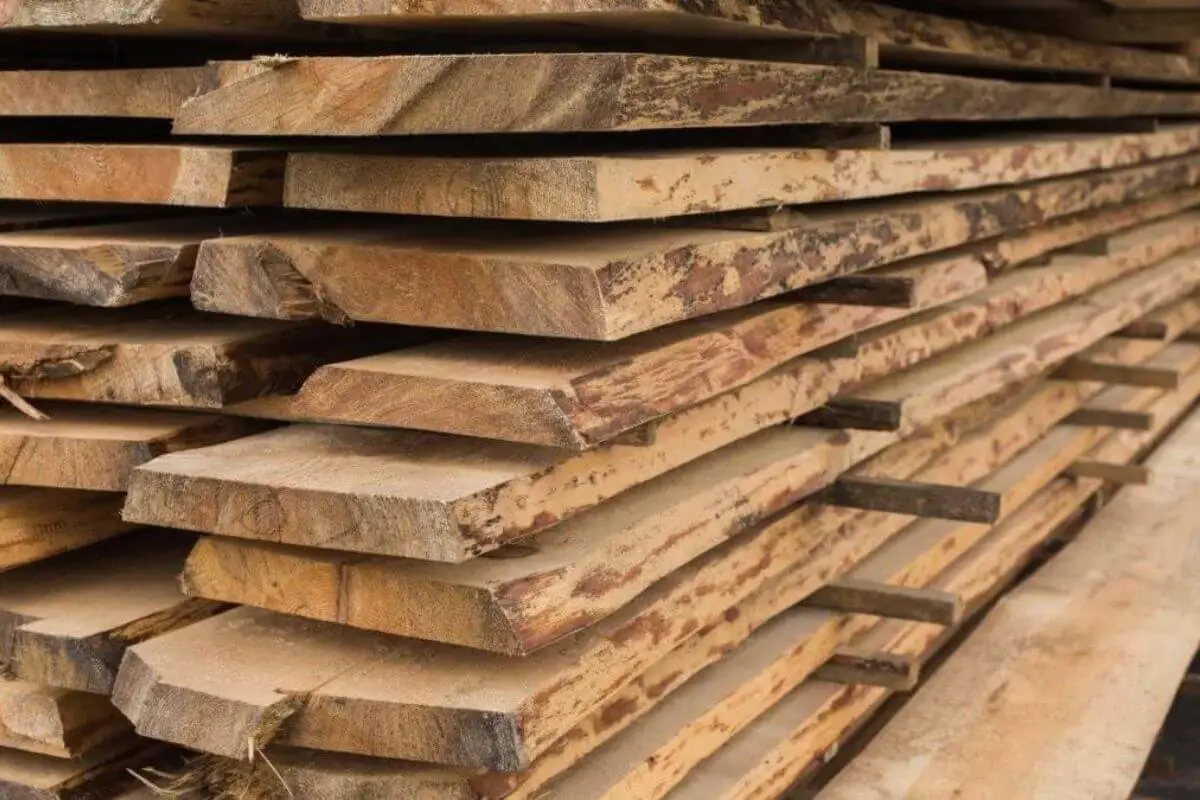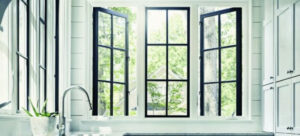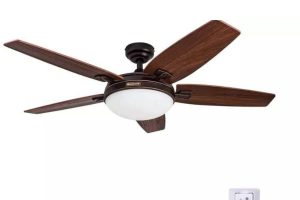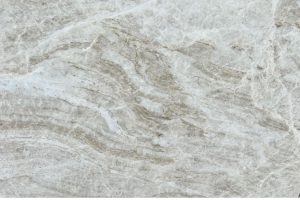Woodworking enthusiasts and professionals often find themselves faced with the dilemma of choosing the perfect wood for their projects. Two popular options that frequently come into consideration are Alder and Maple. Both woods offer unique characteristics and advantages, making them suitable for various applications. In this article, we will compare Alder and Maple, helping you make an informed decision based on your specific needs.
What is Alder? Alder, scientifically known as Alnus, is a hardwood commonly found in North America and some parts of Europe. It is known for its straight grain pattern and uniform texture, which gives it a smooth and appealing appearance. Alder wood comes in various grades, ranging from clear to knotty, allowing woodworkers to choose the level of knots and imperfections they desire for their projects.
What is Maple? Maple, belonging to the genus Acer, is another popular hardwood prevalent in North America and other regions. It is highly appreciated for its strength, hardness, and attractive grain patterns. Maple wood can display several different figures, including bird’s eye, curly, and tiger stripes, adding an element of uniqueness to each piece of wood.
Comparison of Alder and Maple:
- Appearance:
- Alder: Alder wood exhibits a warm and light color, varying from pale yellow to reddish-brown. Its grain patterns are subtle and straight, providing a clean and contemporary look to furniture and cabinetry.
- Maple: Maple wood comes in various colors, including light cream to a light reddish-brown. The grain patterns in maple can be quite striking, especially in figured varieties like bird’s eye or curly maple.
- Workability:
- Alder: Alder is a relatively soft hardwood, making it easy to work with both hand and power tools. It cuts and shapes smoothly, making it an excellent choice for intricate woodworking projects.
- Maple: While maple is harder than alder, it is still considered moderately easy to work with. It may require sharp tools and careful attention, but it rewards woodworkers with beautiful results.
- Durability:
- Alder: Although not as hard as maple, alder is still durable and suitable for various applications. It is resistant to rot and decay, making it ideal for interior furniture and cabinetry.
- Maple: Maple is exceptionally durable and has excellent strength properties. It can withstand wear and tear, making it a preferred choice for high-traffic areas like flooring.
- Finishing:
- Alder: Alder wood accepts stains and finishes quite well, allowing woodworkers to achieve different colors and tones to match their desired aesthetics.
- Maple: Maple has a closed-grain structure, which may lead to challenges when staining. However, with proper preparation and finishing techniques, it can still result in a beautiful and smooth finish.

Which Wood is Suitable for Different Projects?
- Alder:
- Alder is an excellent choice for indoor furniture, such as cabinets, tables, and chairs.
- Its softer nature makes it suitable for carving and intricate designs.
- Alder’s warm and inviting appearance complements a variety of interior design styles.
- Maple:
- Maple is preferred for kitchen cabinets and countertops due to its exceptional durability and resistance to moisture.
- It is commonly used for high-quality furniture, flooring, and musical instruments.
- Maple’s stunning grain patterns make it an excellent choice for statement pieces and decorative elements.
Pros and Cons of Alder:
- Pros:
- Smooth and uniform texture
- Easy to work with
- Accepts stains and finishes well
- Cons:
- Less durable compared to maple
- May not be suitable for heavy outdoor use
Pros and Cons of Maple:
- Pros:
- Highly durable and strong
- Beautiful and striking grain patterns
- Ideal for high-traffic areas
- Cons:
- Harder to work with compared to alder
- Some staining challenges due to closed grain structure
Conclusion: In conclusion, both Alder and Maple are exceptional hardwoods with distinct characteristics and advantages. The choice between the two ultimately depends on the specific requirements of your woodworking project. If you seek a wood with a warm and inviting appearance that is easy to work with, Alder may be the right choice. On the other hand, if you prioritize durability, strength, and striking grain patterns, Maple would be an excellent option. Consider your project’s needs, aesthetics, and intended use to make an informed decision that will result in a beautiful and functional finished product.
FAQs:
Q: Can I use Alder for outdoor furniture?
A: While Alder is relatively durable, it is best suited for indoor projects due to its softer nature.
Q: Is Maple suitable for carving intricate designs?
A: Yes, Maple’s strength and workability make it an excellent wood for carving detailed designs.
Q: Which wood is more affordable, Alder, or Maple?
A: Alder is generally more affordable than Maple, but prices may vary depending on location and wood grade.
Q: Does Maple require special finishes to enhance its grain patterns?
A: Maple’s natural grain patterns can be enhanced with certain finishing techniques, such as dye staining or glazing.
Q: Can I mix Alder and Maple in the same woodworking project?
A: Yes, combining Alder and Maple can create an interesting contrast and add visual appeal to your project.



